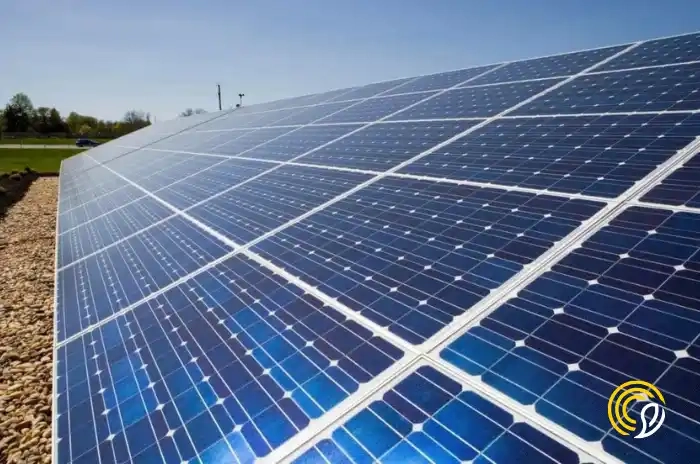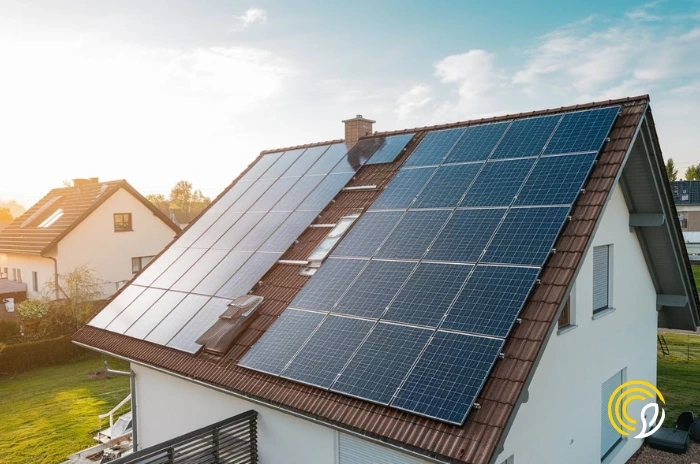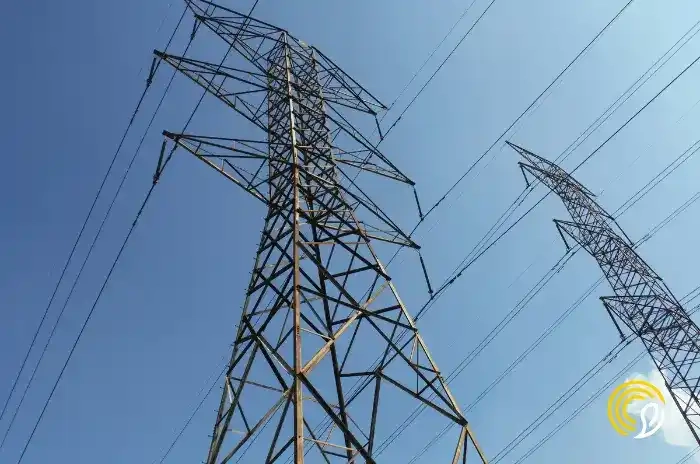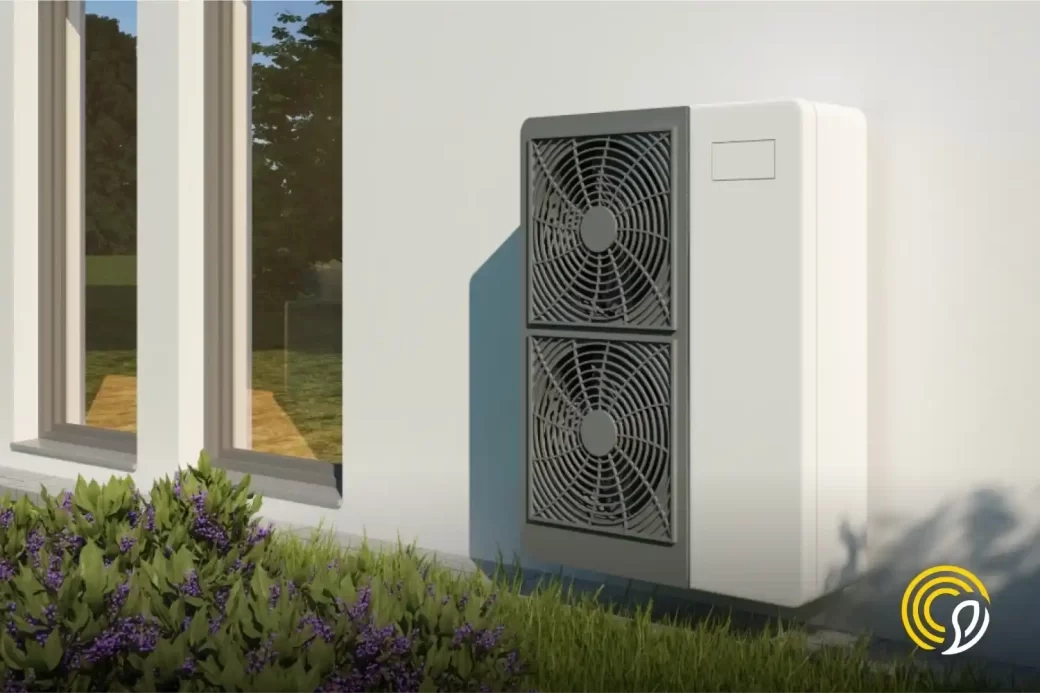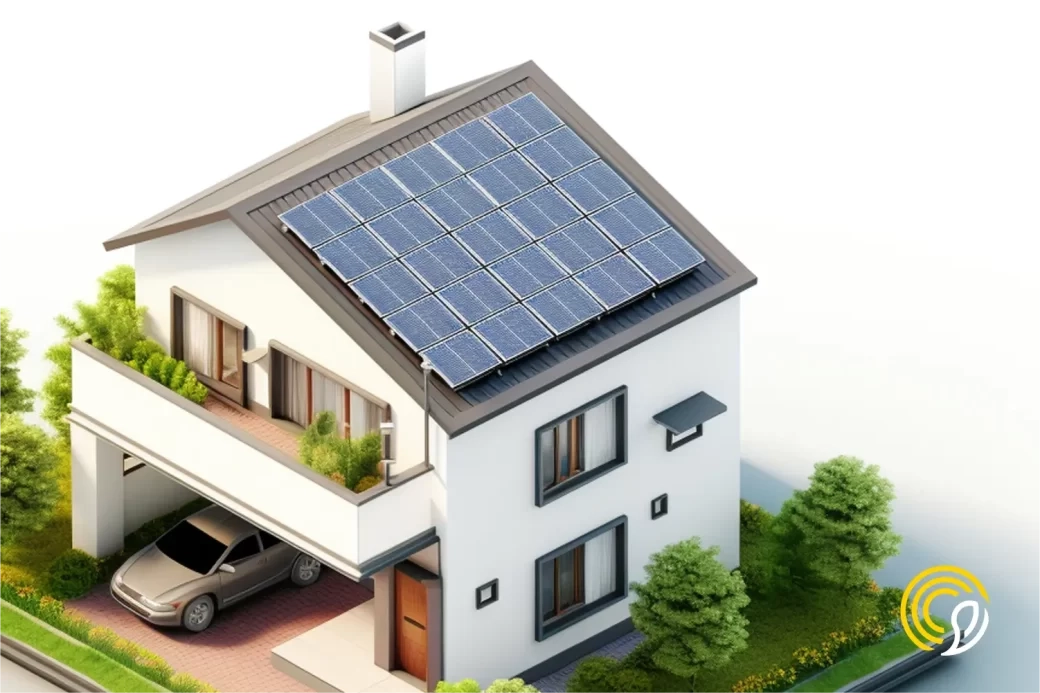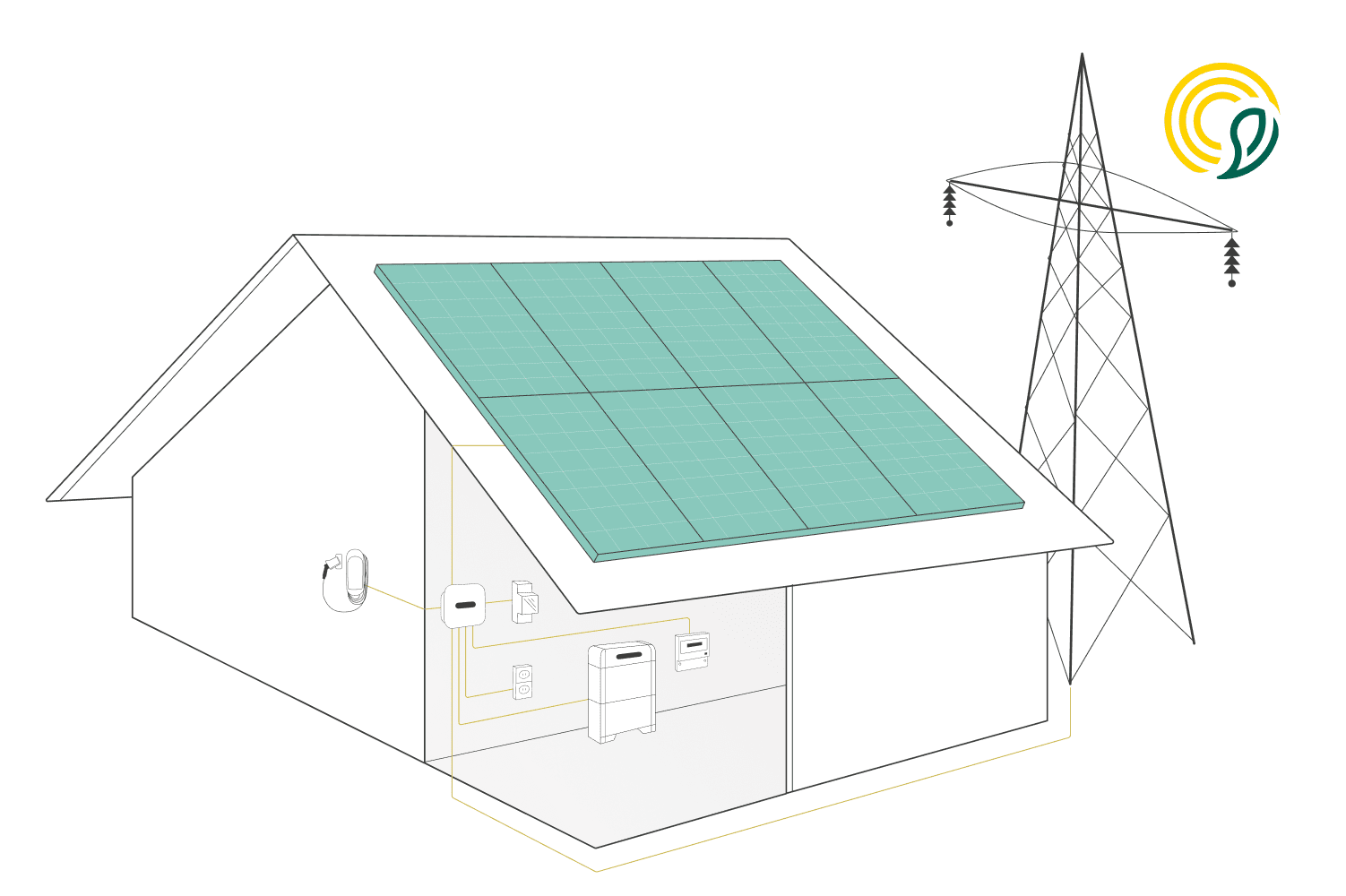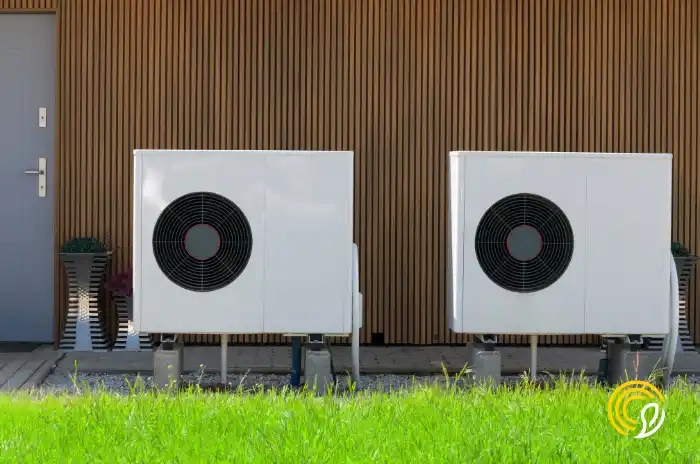
Are you interested in aerothermal energy or natural gas heating?

Claudia Pardo, Content Specialist at Sunhero and a firm believer that solar energy can transform the world.
15/09/2024
3 min read
Table of Contents
In the world of energy and heating, terms like aerothermal systems are becoming increasingly common, especially when we seek efficient and sustainable alternatives to heat our homes. However, for many, it remains a new concept, and it’s not always clear how it differs from traditional methods like natural gas.
In this article, we will thoroughly analyze the differences between a natural gas installation and an aerothermal system, highlighting the advantages of the latter while considering the European Union’s (EU) plans for the gradual phase-out of natural gas boilers.
What is Aerothermal Energy, and How Does It Work?
Aerothermal energy is a technology that uses the energy from the outside air to climatize a space, providing both heating and cooling, as well as domestic hot water.
It uses an air-to-water heat pump that extracts heat from the outside air and transfers it indoors. Although this may sound complex, the system operates similarly to a refrigerator; however, instead of cooling, it is used for heating.
One of the main advantages of aerothermal energy is its high energy efficiency. For every kilowatt of electricity consumed, it can generate between 3 and 4 kilowatts of heat. This means it can harness up to 75% of renewable energy from the air, making it a much more sustainable and cost-effective option in the long term.
Natural Gas: A Traditional Solution with Limitations
For decades, natural gas has been one of the most common energy sources for heating and hot water in homes. Its operation is simpler: a boiler burns gas to generate heat, which is then distributed throughout the home via radiators or underfloor heating systems.
While natural gas remains a popular choice due to its established infrastructure and relatively low short-term costs, it presents several disadvantages compared to more modern alternatives like aerothermal energy. On the one hand, its combustion emits carbon dioxide (CO2) and other polluting gases that contribute to climate change. Additionally, gas prices are volatile and subject to fluctuations in the global energy market.
Key Differences Between Aerothermal Energy and Natural Gas
- Energy Efficiency: While aerothermal energy can achieve a coefficient of performance (COP) of 3 to 4 (meaning it produces 3-4 times more energy than it consumes), natural gas boilers rarely exceed an efficiency of 90-95%, which means a significant portion of the energy is lost as unused heat.
- Long-term Costs: Although the initial installation of an aerothermal system may be more expensive than a gas boiler, the savings on energy bills can offset this difference within a few years. Additionally, the maintenance costs of aerothermal systems are usually lower.
- Environmental Impact: Aerothermal energy uses renewable energy and generates less CO2 emissions, whereas natural gas remains a fossil fuel with a negative environmental impact.
- Durability and Maintenance: Aerothermal systems generally have a longer lifespan and require less maintenance than gas boilers, which may need frequent repairs and periodic checks.
Natural Gas in Europe
The European Union (EU) has set an ambitious plan to achieve climate neutrality by 2050, and one of the pillars of this goal is to drastically reduce the use of fossil fuels, including natural gas. Although natural gas is considered less polluting than other fuels like coal or oil, it is still a significant source of carbon dioxide (CO2) and methane emissions, a greenhouse gas with a very high climate impact.
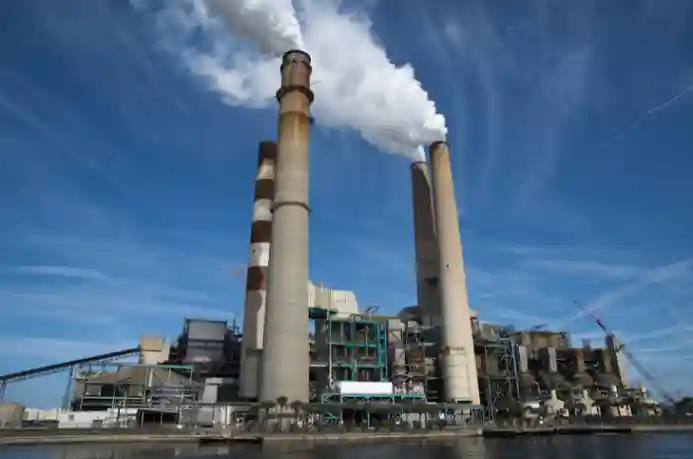
To move towards a cleaner future, the EU has proposed concrete measures as part of the “REPowerEU Plan”, which aims to reduce dependence on natural gas, increase energy efficiency, and promote the use of renewable energies. Additionally, European regulations are evolving to limit the use of gas boilers, encouraging new buildings to be zero-emission by 2030.
These changes reflect a clear trend: natural gas will no longer be a viable long-term option, and European households will need to adapt to more sustainable systems.
Why Choose Aerothermal Energy with Sunhero?
At Sunhero, we understand that choosing the right heating system for your home can be a complicated decision. That’s why we not only specialize in installing renewable energy solutions like aerothermal systems but also offer personalized advice to help you understand all your options.
Additionally, the installation of solar panelsworks perfectly with aerothermal systems, allowing you to further optimize your home’s energy efficiency and reduce conventional energy consumption. At Sunhero, we can also advise you on integrating these systems, ensuring you make the most of the advantages of both technologies.
Start today!
Fill out our free solar calculator and get a custom quotation

